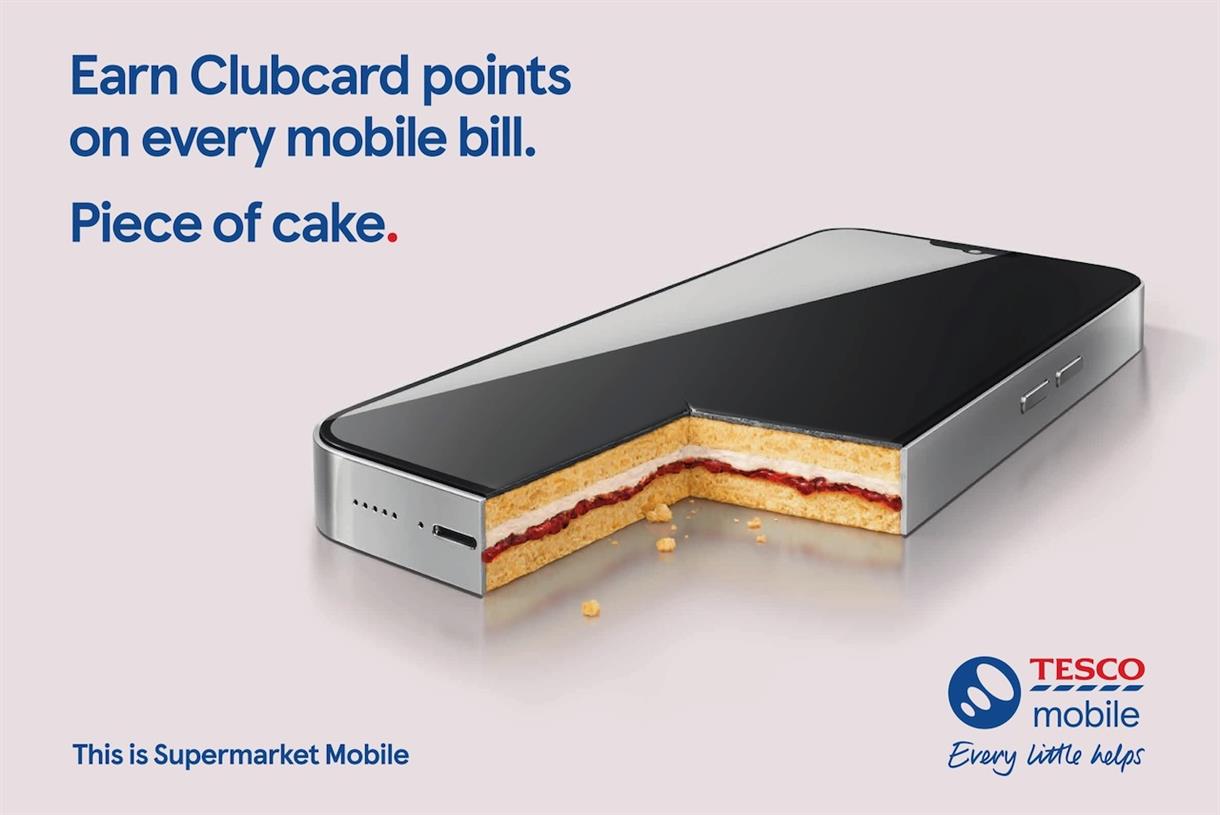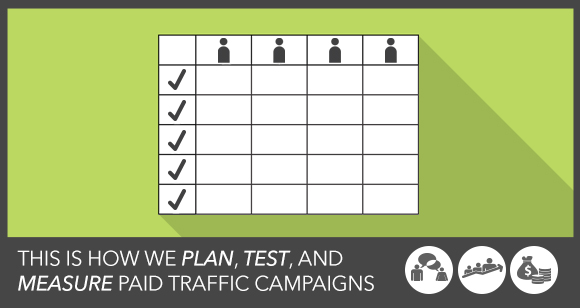Outlines 101: A Roadmap to More Effective Content
Stop me if this sounds familiar: You’ve been struck by the perfect idea for a new piece of content and started to put your (metaphorical) pen to paper. With a […]

Stop me if this sounds familiar: You’ve been struck by the perfect idea for a new piece of content and started to put your (metaphorical) pen to paper.
With a few hours of writing under your belt, you step back to see what you’ve written. As you begin proofing the next great content marketing thinkpiece, you quickly find your train of thought took an immediate detour after the first half of the piece and left town for a different topic by the end.
What happened? Well, it’s likely you didn’t have a map to follow — or in this case, an outline.
To Outline, or Not to Outline
Everyone has their own method when it comes to writing content. However, if you were to strike up a conversation with one or two digital marketers, you’ll quickly find that there’s at least one universal truth: Outlines are a highly contentious subject.
Team Outline: The Pros
For some, writing without an outline is like driving to a new destination without confirming the directions first. You get in the car and have a vague sense of how you’ll get from Point A to Point B (“I think it’s north-ish from us?”), but there will be plenty of wrong turns before you get where you’re going. As the writer’s equivalent of a GPS, some of the benefits of using an outline include:
Structural clarity: Outlines provide an organized roadmap for your piece, helping you establish key points and the overall structure the copy should follow early on.More efficient drafting: When you already have a framework in place, you don’t need to constantly pause to think about what comes next.Consistency and focus: An outline forces you to focus on your core theme and main ideas, ensuring each idea flows seamlessly into the next.Team Free Write: The Cons
So, with all of those advantages in mind, why are some marketers anti-outline? Many feel that those detours you make when writing without an outline are simply part of the process. Sure, you added some time to your commute — in this case, your finalized piece — but you found new ideas along the way and still made it to your destination. Other arguments against outlines include:
Inauthentic tone: For brands with a more casual or friendly tone, some feel outlines could lead to an overly robotic or formulaic voice which may turn the target audience away.Time intensive: An outline can seem like just another step where writer’s block can wreak havoc on a looming deadline. (Spoiler alert — if the outline to your 1,500-word blog is taking hours on end, we have some tips for that too.)Inflexible: As content marketers, we often need to pivot strategies based on audience feedback and engagement. However, if your original outline feels irrelevant due to a game-changing data point, you’re better off shelving the piece. Move forward with something more tailored to your audience instead of spending resources on yesterday’s news.Both sides of the outline debate make fair arguments, however, as an outline-hater-turned-supporter, I’m here to tell you they’re more than worth it. At the end of the day, what separates great outlines from the not-so-great is they should feel like a tool to the writer — not a shackle. And if you find yourself in the latter camp, read on to learn how you can make the jump.
What an Outline Is — And Isn’t
Remember: No 2 outlines are the same. The framework for your 20-page whitepaper can — and should — look much different than that of a blog. However, when we zoom out and look at the core characteristics of each, they should all serve as the following:
A Clear Framework for Your Final Decision Maker’s Reference
No matter how great an idea is, it can be difficult to fully articulate your final vision to another person. With that said, you should always consider the content approval process and who oversees the final decision-making stage. Whether it’s a supervisor greenlighting the direction of a new project for your brand’s website or a client who will own the final copy, they should be able to walk away from your outline with a clear understanding of what the piece intends to cover.
A High-Level Overview of Core Concepts
You don’t need to include each piece of data you’ll cite or the witty pun you’ll make in the introduction of the piece. Instead, simply highlight the main point you’ll make in each section of the copy and how it connects to your central theme.
A Roadmap for Your Writing Success
By the time you complete your outline, you should feel that you have everything you need to begin writing. However, if you find that you’ve written your outline and still aren’t confident in the direction of the piece, step back and ask yourself:
Do you need to interview a subject matter expert or a thought leader to add some additional perspective to the piece?Should you tweak your central theme or key points so that they connect more organically?Would it help to talk through your idea with a peer before continuing?If the answer isn’t clear, take a break. Whenever you feel you’ve spent too long on an outline and don’t have the results to show for it, it’s all too easy to feel discouraged. However, returning to the project with a fresh mindset will help you overcome the earliest stages of writer’s block and allow you to see what you need to do to move forward with the piece.
What Isn’t an Outline?
“We already discussed what an outline is, why do we need to cover what it isn’t?”
Well, I’m glad you asked, dear reader.
One of the biggest reasons I never enjoyed writing an outline was that I struggled to differentiate the idea of clarity versus completion. I essentially was producing a finalized version of the copy with a handful of bulleted lists strewn throughout — which is everything an outline shouldn’t be.
Instead of considering the goal of the piece or why my target audience would be interested in the topic in the first place, I found myself spending hours focusing on the exact phrasing and prose I would use.
For instance, when tasked with writing a 500-word blog on regional barbecue styles, I found myself staring down an outline that was equally as long. What should have been a fun project became an exercise in deploying shorthand so that my outline wouldn’t be mistaken as finalized copy — all because I didn’t know my must-haves, nice-to-haves and have-nots.
Subscribe to
The Content Marketer
Get weekly insights, advice and opinions about all things digital marketing.
Thanks for subscribing! Keep an eye out for a Welcome email from us shortly. If you don’t see it come through, check your spam folder and mark the email as “not spam.”
Creating Effective Outlines: Your Must-Haves, Nice-to-Haves and Have-Nots
Earlier, we zoomed out to understand what each outline fundamentally has in common. Now, let’s take a closer look at the core DNA of your outline.
Must-Haves:
A finalized structure for the piece.A concise overview of what each section will include, highlighting any key ideas or concepts.An answer to the underlying “so what?”After completing your outline, you should be able to answer that burning question every content marketer faces: So what?
Consider why the piece is relevant to your target audience and how it will help your brand further position itself as a relevant thought leader in your space. If it doesn’t connect to your wider strategy or your audience’s interests, it’s time to re-evaluate the direction of the project.
Nice-to-Haves:
Internal data.External research.Suggestions for design-focused assets.If a specific data point or metric is easily accessible and is essential to the story of your piece, include it. If it’s going to require some serious digging to unearth it, skip it.
Keep in mind that kicking off the research process before your outline is approved can be a slippery slope. If the direction of the piece changes before your decision maker agrees on its fundamental structure, you could find yourself back at square one.
Additionally, if the project is an eBook, whitepaper or another design-centric piece, feel free to make suggestions for potential visuals if they come to you during the outline process. As an extension of the piece’s final structure, this can help your team better understand your vision for the finalized copy, however, it isn’t always necessary.
Have-Nots:
Fully finalized copy.Complete sections (with an exception!)One of the most common traps writers can run into is feeling as though an outline should include a fully fleshed-out copy or complete sections. Take it from me: Your outline’s word count shouldn’t rival that of the final project. Include only what you need to communicate the main idea of each section.
Of course, like any good rule, there is an exception to your have-nots. If, as you start outlining a section, you are suddenly struck by inspiration, jot it down. Simply add a note for yourself and your editor that you’ve included a snippet of how the copy may take shape. This allows for flexibility in case you want to take a slightly different approach once you start writing.
Find Your Own Process
My final piece of advice: Remember that outlining is not an exact science. Even with an award-winning outline, you may still find yourself taking a few detours along the way once you start writing.
What works for one writer might not apply to another. Experiment with your own process and even borrow and modify other writers’. However, by simply positioning your outline as a tool rather than just another task on your to-do list, you’ll quickly find that your own unique process will take shape soon after.

 KickT
KickT 










![5 Best Answers to "Why Do You Want to Work Here?" [+ Why They Work]](https://blog.hubspot.com/hubfs/why-work-here-fi%20%281%29.jpg#keepProtocol)
![Does Your Company Need An Employee Referral Program? [Examples + Best Practices]](https://blog.hubspot.com/hubfs/interview-applicant-referred-by-employee%20%281%29.jpg#keepProtocol)




















